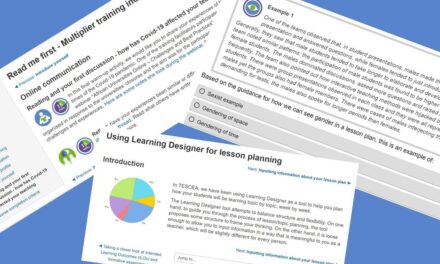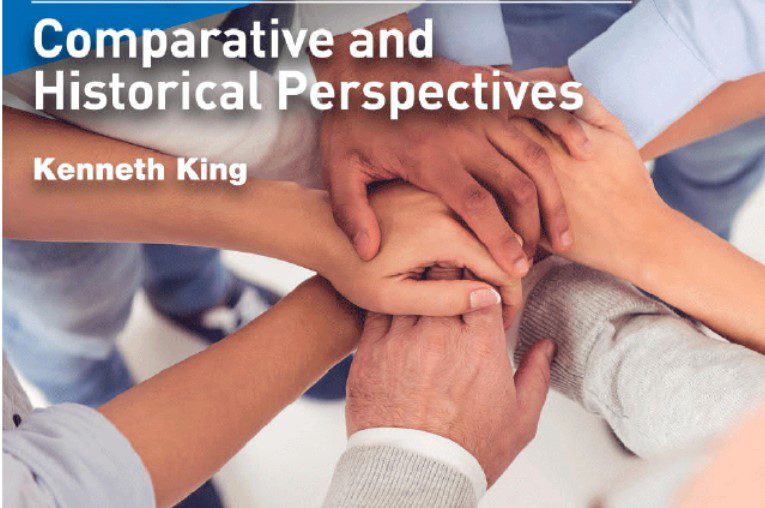This blog was written by Samuel Mbaire, the founder of TopWriterHub.com, a platform established in 2013 that provides students with ethical academic writing resources, research guidance, and educational insights. He is committed to promoting fairness, originality, and integrity in higher education worldwide.
Artificial intelligence (AI) has been able to penetrate classrooms and study facilities at quite an astonishing pace. Large language models, such as ChatGPT, Jasper, and more, can now write essays, summaries and even research-style articles in a matter of seconds. To numerous students, these tools seem like a lifebuoy when approaching deadlines. It is an implied promise of efficiency, however, that raises an urgent question concerning fairness, originality and the goal of education.
Universities worldwide are grappling with the challenge of maintaining academic integrity in the modern era. Although responsible usage can make AI an asset in learning, uncontrolled deployment of writing produced by machines risks destabilising trust, deteriorating competencies and destabilising the basis of tertiary education.
Academic integrity in the AI age
Academic integrity is deemed as honesty, fairness, trust and responsibility in learning. It helps to provide an authentic document that shows how much effort was put in by the student and their intellectual development. Plagiarism, collusion and contract cheating are practices that have repeatedly proven this principle. Nowadays, the machine-generated text poses a more complicated issue.
Submission of machine-written assignments leads to dishonesty since the work does not represent the students. The issue is that not all students have equal access to powerful tools, which ends up acting as a hindrance to fairness. Authenticity is also damaged because AI usually lacks original views; instead, it primarily provides formulaic or generic responses. Besides morality, there is the matter of reliability: a recent study published in Nature has shown that, with the use of ChatGPT, 69 percent of all references provided by the software are either fake or erroneous. Further research by Cornell University highlighted the issue of so-called AI hallucinations—instances where models generate confident but false outputs. The study found that between 19 and 27 percent of responses from large language models contained such inaccuracies.
These statistics highlight how the use of AI can lead to inaccurate information and compromise essential academic qualities, such as critical assessment, investigation and planning. When higher education has integrity as its backbone, the uncontrolled use of AI can be seen as a fracture that may be difficult to repair.
What is No-AI writing?
The decision to write No-AI helps defend the values that universities have upheld for centuries. Above all, it does not remove the voice of the student. Each writing must be an expression of the learner’s personal and cultural context, resulting from their use of reasoning and creativity. This uniqueness is watered down when computers typicalise the text.
No-AI writing is also skill-building. Only through a direct involvement in the writing process do students exercise analytical reasoning, problem-solving and research skills. This kind of work cannot be outsourced to algorithms, as graduates can make a significant contribution to society and workplaces.
The role of trust is also vital. The assumption that assignments have valid effort is what teachers, peers and institutions use. Once that trust is lost, there is a question about the value of academic qualifications. No-AI writing helps in the classroom in a way that encourages merit over technology.
After all, the act of writing without AI cannot be regarded as resistance against innovation; on the contrary, it is the reassertion of the fundamental goal of education: development through a truly human endeavour.
Colleges and student opinion
There are many universities around the globe updating their policy as a reaction to AI writing. The University of Sydney has stated publicly that the failure to acknowledge the use of AI is a possible infringement of the academic honesty code. There are assessment declarations that have been adopted in various institutions within the United States, requiring them to declare whether they used AI in producing their work. Artificial intelligence-based detection tools like the AI checker on Turnitin are being implemented on campuses.
Nevertheless, such institutional reactions are not uncontroversial. Students are concerned that AI-detection systems may not be fair, as they are not perfect. False positives in some studies have mistakenly identified writing by a human as being authored by a machine, causing restlessness and possible inequity. In addition, students emphasise the absence of clear guidance in relation to where responsible AI use (brainstorming or grammar checks) stops and academic misconduct starts.
In the course of these controversies, however, there is one obvious thing. A human-written work piece is the best test of accomplishment. Assignments, based on original thinking, thorough research and sincerely conveyed, cannot be copied by machines. The importance of such work is both academic and personal to both universities and their students.
Moving forward
The path forward will not include a prohibition on AI. Instead, a moderate stance is necessary: AI can be viewed as an assistive device, whereas the practices of academic integrity have to be maintained. An example is that AI can be used ethically to create study prompts or grammar checks, but the result should always reflect the ideas and effort of the student.
The policy responses need to change, as well. Universities should be more transparent about the use of AI in ethically acceptable applications and when these applications are applicable. The detection software needs to be coupled with informational campaigns to make students aware of the necessity of paying attention to original work. Faculty should also be supported to redesign the assessment, which will involve assessing higher-order thinking rather than merely reciting facts.
Meanwhile, human-centred academic support services have a place. Presented ethically, they do not replace the student’s voice; instead, they structure and clarify ideas, guiding learners through the procedure. This encouragement can ease pressure and help to support the underpinning of genuine effort.
Finally, integrity can be constantly upheld. The students must learn with sincerity, the teachers must implement transparent policies, and the institutes must adhere to these principles within the framework of higher education, where fairness and trust are at the core.
Conclusion
Education will continue to be transformed by AI, yet there cannot be any compromises in academic integrity. There is evidence that AI-generated text is prone to plagiarism, falsified sources and the loss of necessary skills. The quality of No-AI writing is authentic, fair and trustworthy, safeguarding both the individual student and the global education system institutions.
The human voice is more helpful in learning when everything is not automatic. Students and institutions alike can help save the credibility of education by reasserting both the value of writing and the value of a degree, signifying not only knowledge, but actual growth and accomplishment.





